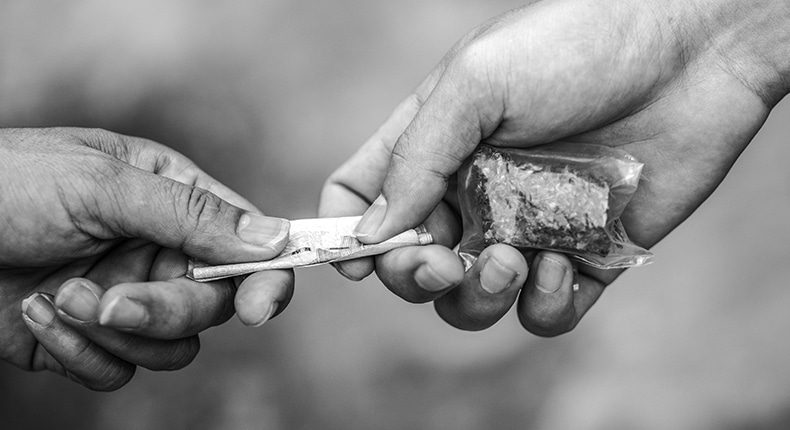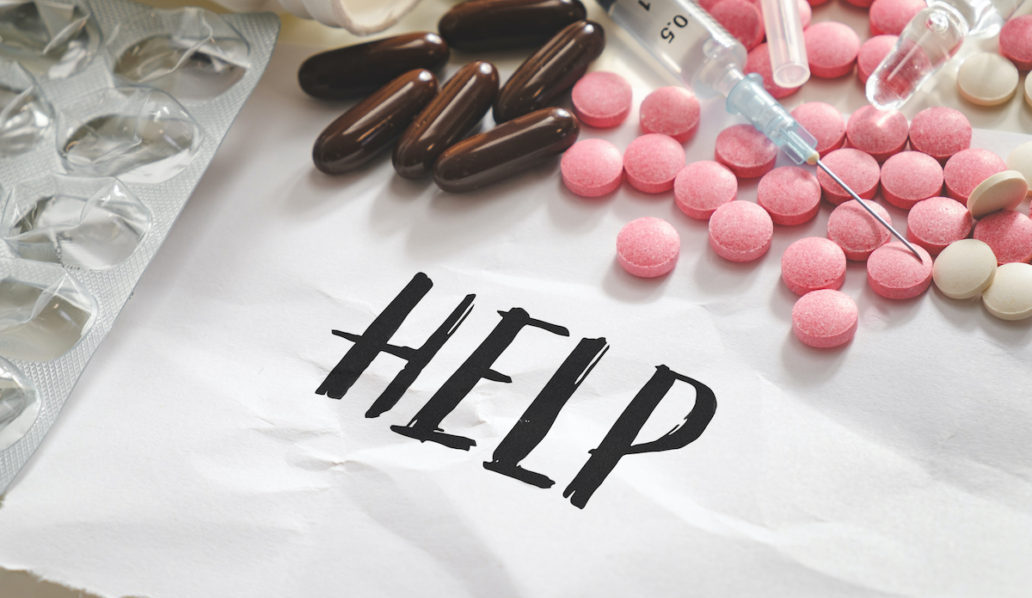The implications of drug trafficking extend far beyond its immediate consequences, posing a severe threat to the younger generation and society at large.
By Qysar Ul Islam
In the words of the Allama Iqbal,
‘Nasha Pila Kei Girna Sb Ko Aata Hai,
Maza Tou Tab Hai Ki Girtoon Ko Thaam Lay Saaqi’ (Allama Iqbal).
These profound verses resonate with the growing concern of drug trafficking, a rampant issue that encompasses the illicit cultivation, manufacturing, distribution, and sale of prohibited substances. Unfortunately, Kashmir has been witnessing an alarming rise in such cases, demanding our utmost attention and awareness. The implications of drug trafficking extend far beyond its immediate consequences, posing a severe threat to the younger generation and society at large. The intricate web of production, distribution, and illegal drug sales has the potential to ravage entire communities within a remarkably short span of time. As we delve into this pressing issue, it becomes evident that urgent measures must be taken to address and curb the devastating impact of drug trafficking. Escalating Addiction Crisis
Drug trafficking is a grave issue that plagues numerous countries worldwide. Its profitability, though tainted by associations with murder, kidnapping, prostitution, and other crimes, remains a persistent concern. Beyond the immediate repercussions, drug trafficking inflicts profound social harm on youth, families, and national security, as the illicit funds generated fuel disruptive activities. Furthermore, drug trafficking often intertwines with terrorism, money laundering, and corruption, compounding its detrimental effects. Whether through the trafficking of drugs or the ensnarement of addiction, both facets can devastate societies in their entirety.
In the region of Kashmir, drug trafficking poses significant challenges on social, economic, and political fronts. The illegal drug trade continues to persist, adapting to new technologies and methods with alarming sophistication. To safeguard the well-being and security of society, it is crucial to confront these evolving challenges with innovative solutions.

Lamentably, there exists a glaring lack of awareness among people about the perils of drug abuse. Many individuals are ill-equipped to identify signs of drug abuse or know how to seek assistance. Young people, particularly vulnerable to drug traffickers, are often unaware of the risks associated with drug use. Drug addiction, classified as a disease, exerts a profound influence on an individual’s mind and behavior, rendering them incapable of controlling their consumption of legal or illegal substances. Even when fully aware of the harm inflicted upon their bodies, addicts find themselves unable to curb their insatiable cravings. This dependence perpetuates a vicious cycle of addiction.
Allow me to recount the experience of a colleague, a smoker, who believes that quitting this harmful habit initially intensifies one’s dependency during the first week, only to gradually decrease thereafter. He emphasizes that willpower can serve as the catalyst for overcoming such vices.
Nonetheless, drug addiction proves to be a complex disease that necessitates more than mere good intentions and willpower for recovery. Researchers have discovered that drugs impact the brain and have developed treatments to assist individuals in overcoming addiction and reclaiming productive lives. While the initial decision to consume drugs may be voluntary for many, continued usage leads to brain alterations that challenge an addict’s self-control and impede their ability to resist overwhelming urges.
Relapses are not uncommon, but they do not imply the ineffectiveness of drug treatment; rather, they highlight the absence of willpower. Prolonged drug abuse induces profound changes in the brain, affecting crucial functions such as learning, judgment, decision-making, stress response, memory, and behavior. Despite awareness of these detrimental consequences, many drug users persist in their habits, exemplifying the nature of addiction.
A person’s environment encompasses a myriad of influences, ranging from familial and social circles to economic status and overall quality of life. Factors like peer pressure, physical and sexual abuse, early exposure to drugs, stress, and parental guidance significantly shape an individual’s susceptibility to drug use and subsequent addiction.
Addiction is a devastating disease that profoundly impacts both the brain and behavior of individuals. It renders them unable to resist the overpowering urge to use drugs, regardless of the immense harm caused. Shockingly, we have witnessed distressing incidents in rural and urban areas where mothers and daughters have fallen victim to addiction-related violence perpetrated by their own kin. The escalating addiction crisis among our youth demands immediate attention and concerted efforts from the civil society to combat this menace. The Jammu and Kashmir police deserve commendation for their diligent work in tackling drug trafficking, addiction, and the grave issues associated with them.
One heart-wrenching incident that transpired in Khurham, Kupwara, just a month ago, involved a father fatally stabbing his daughter after luring her into his vehicle and strangling her. The father, a victim of addiction himself, seemed unaware of the gravity of his actions, underscoring the devastating impact of drugs on the human brain. Similarly, in Sopore, a son took his own mother’s life—an unmistakable manifestation of the pernicious effects of drug addiction.
Depression, attention difficulties, and persistent worry increase one’s vulnerability to addiction. Individuals often turn to drugs in an attempt to alleviate their emotional suffering. Furthermore, a history of trauma further heightens the likelihood of addiction. Given that children’s brains are still developing, drug use during early stages of life can have lasting consequences, potentially predisposing individuals to addiction in later years. Those with family members grappling with alcohol or drug problems are also at heightened risk. Notably, both men and women are equally susceptible to addiction.
The impact of drug abuse is felt throughout the human body, affecting nearly all organs. The immune system weakens, leaving individuals more susceptible to infections. Cardiovascular conditions, ranging from abnormal heart rates to heart attacks, become prevalent. Injected drugs contribute to collapsed veins and infections in the blood vessels and heart valves, while the liver is burdened with increased workload, potentially leading to significant damage or failure.
Drug addiction signifies the consumption of harmful substances that detrimentally affect an individual’s mental and physical health. It involves excessive and dangerous consumption of both legal and illegal drugs, resulting in behavioral changes and self-destruction. Misguided teenagers and frustrated adults often fall prey to this destructive habit. Unless responsible members of society acknowledge and address the growing prevalence of drug use and addiction among teens, we risk witnessing disrespectful and criminal behavior perpetrated by these individuals. Establishing a welfare society that actively combats this menace is imperative. The safety of school-going children hangs in the balance as addiction rates escalate. The police force deserves recognition for their commendable efforts at the grassroots level to curb drug abuse.

Drug addiction weakens the immune system, leaving individuals vulnerable to illnesses and infections. Heart conditions, including irregular heart rates, heart attacks, and collapsed veins and blood vessel infections, are prevalent. Nausea, abdominal pain, changes in appetite, and weight loss are common symptoms. Addiction also impairs memory, attention, and decision-making abilities, making daily life increasingly challenging. On a global scale, drugs can lead to male breast development and heightened body temperature, triggering various health problems.
With a staggering 2.5 percent of the population engaged in drug use, Kashmir has emerged as the country’s most severely affected region, surpassing Punjab, where 1.2 percent of the population reportedly battles drug addiction. In rural and remote areas of Kashmir, it is imperative to establish an organization led by a respected senior citizen who can diligently address the internal affairs of society, guide adults, and facilitate their recovery from the clutches of addiction. Failing to prioritize such initiatives would only exacerbate an already alarming situation.

Leave a Reply